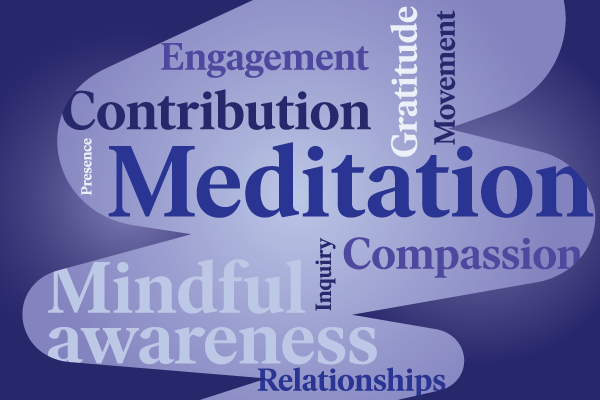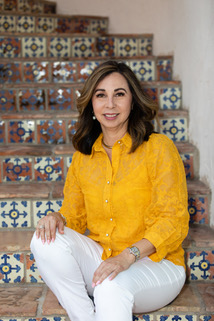Intentions often have no limits and are expansive, they are not goals, but are about who you want to be and what you wish to contribute to your own self-care. Intentions can also include contributions to the greater good. For example, most of us feel concern about global issues, but sometimes feel like it is an overwhelming task. Just remember the butterfly effect: a slight change can result in significant differences. When we set an intention to act, we can open our mind to ideas, opportunities and the internal rewards that come from helping others.
It is important to remember the importance of small steps and building on the successes of each step taken on the never-ending journey of self-care. Try to maintain your daily intention for the week. At the end of the week, take a few moments to reflect on how your moments of self-care made you feel. Do you have more time for yourself? Are you able to reduce or release the stress that accumulates during the week? Do you feel a little better about life and how you are managing everyday stressors? Take a deep breath in and a deep exhale out, reflect things that happened that you are grateful for in the past week. It does not have to be an exhaustive list, and you do not have to share it with others, just take some time for quiet reflection on how it feels to take care of yourself.
To build on this practice, begin each week with a new self-care intention, if you want, start a brand new one, or make a habit out of your previous intention and carry it forward. Take note of how you feel and at the end of the week, engage in your weekly gratitude practice. See if you can continue this for at least three weeks. At the end, what do you notice about how you feel about yourself? Have there been any shifts in your perspective? Are you finding more time to take care of yourself? Dr. Dan Siegel, a well-known author and clinical professor of psychology, states that one goal of regular mindful awareness practices is to turn “a state of being into a trait.” Mindfulness practices are “good hygiene” for our brain and setting and intention and practicing acts of gratitude are just two strategies for training our brains to be happier and healthier.
Finding peace
According to Dr. Jill Bolte Taylor, to experience peace does not mean that life is always blissful. It means that we can tap into a blissful or peaceful state of mind amidst the chaos of a hectic life. It is important to stop listening to those voices inside your head that tell you there is no time for self-care or that self-care is selfish. In our highly connected, technological, and fast-paced world, we have all learned that sometimes we just need to unplug, hit the restart button, and begin again. Sometimes this simple solution is all we need. Think of your brain as a part of your body’s central processing unit and take some time to shut down and restart each day. Your body and your brain will thank you.
For further information or questions, please follow me on Twitter @mshersey or visit us at http://www.globaleduadvisors.com/

